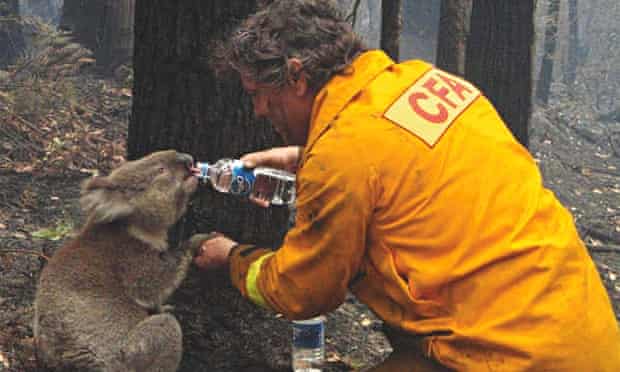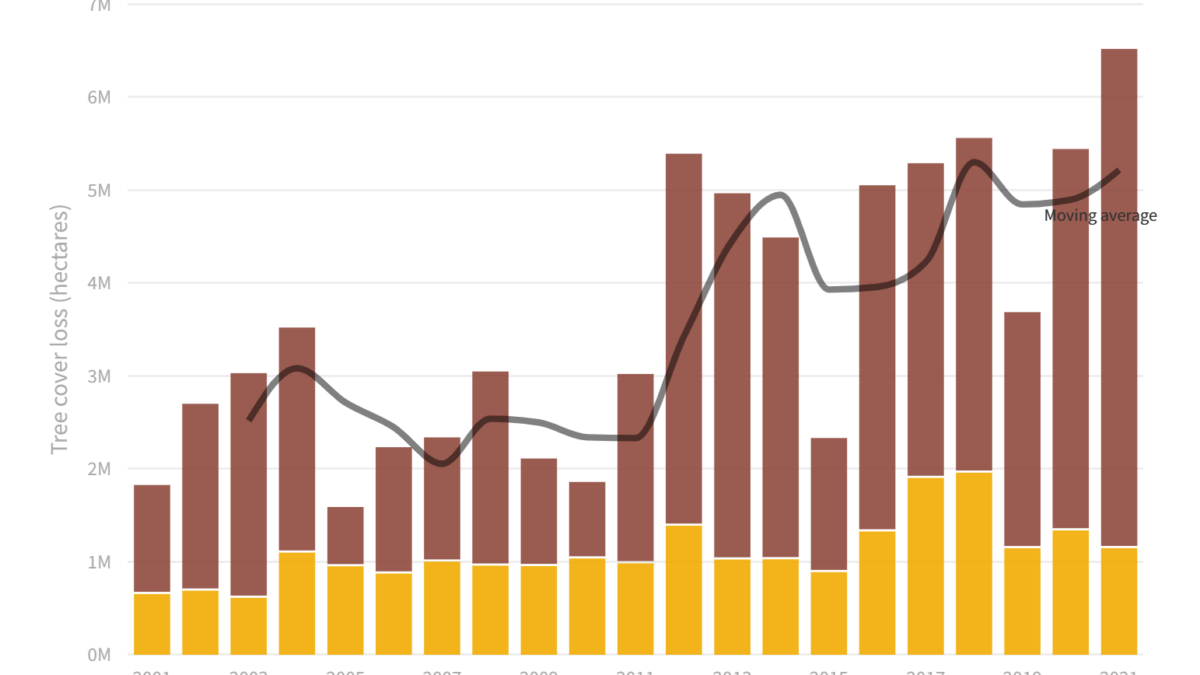Remembering Australia’s Black Saturday 2009

9 January 2013 (Desdemona Despair) – In February 2009, Desdemona was new to blogging. The world was still reeling from the global financial collapse caused by the deregulated, automated, shadow banking system – currently valued at $67 trillion and growing! Global warming was fading into the background of the public consciousness. Except in Australia, where a “once-in-a-century” heatwave had broken temperature records across the states of New South Wales and Victoria. Coupled with the record, decade-long drought known as the “The Big Dry”, eucalyptus forests – the habitat of the beloved koala – were tinder-dry. The koalas that could reach human settlements lined up along roads and begged for water. One baby koala was taken in by a family, and this photo became famous around the world for a few minutes:

Then came the Black Saturday bushfires. Eucalyptus trees, full of volatile oil, exploded like bombs. The flame fronts lofted up to 200 feet high and swept through the forest at 60 miles per hour. People escaping in cars were overtaken and incinerated. The animals that hadn’t succumbed to thirst were incinerated, in their millions. The few that survived, like “Sam”, the other koala who became famous globally for a few minutes, had no habitat to return to.

Over the span of a few days, koalas became an endangered species, as their habitat exploded around them. The Australian Koala Foundation said koalas will be extinct within 30 years. The climate in Australia has changed; it no longer supports eucalyptus forests. Today, four years later, Australia stands on the brink of another, even hotter, “once-in-a-century” heatwave event. It’s so hot that the Bureau of Meteorology was forced to add another color – purple – to its temperature maps, for temps > 50°C (122°F). Bushfires rage across Tasmania. A record-breaking “heat dome” hovers over the continent. Desdemona fears the worst.



I don't think that Cassandra enjoyed being right.
Fires today: http://witsendnj.blogspot.com/2013/01/a-world-of-dying-trees.html